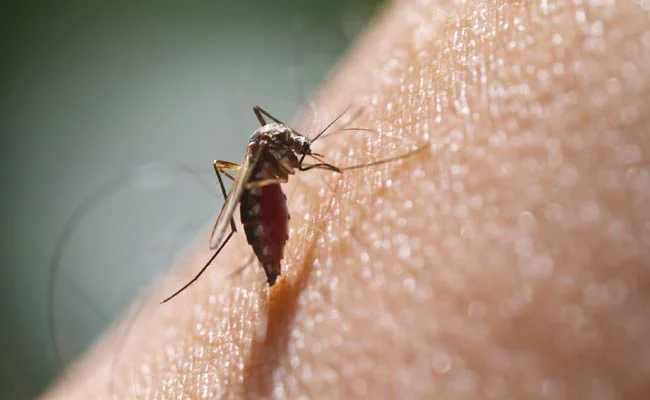Dengue fever is common in tropical countries especially in the South-East Asia region such as our own country, Malaysia. The fact that there are many advertisements about it tells how common dengue fever is in the country. Plus, the importance of knowing how to spot dengue fever and to prevent dengue from happening has been taught even in school. Dengue in general is a disease comprising several symptoms, sometimes not even any symptoms to a severe one. Hence, to know symptoms of dengue fever and the ability to distinguish it with severe dengue can help prevent life-threatening complications, even death.
Dengue is a transmittable disease caused by the mosquitoes carrying the Dengue virus, specifically the Aedes species mosquitoes. This species is responsible for carrying the Dengue virus which then is transmitted through the bites of infected female mosquitoes. Mosquitoes are infected by the virus when it bites a person with an already existing Dengue virus in their human body. When the infected mosquitoes’ bites another human, it releases the virus into the human body. Scary part is, once a mosquito is infected, it has the capability of carrying the virus and continues to transmit it to humans for the rest of its life. This makes dengue the fastest spreading viral diseases through mosquito-borne diseases.
Dengue illness is divided into 3 phases. By knowing these phases, you are able to understand the symptoms and it can be easily remembered.
1- First phase is the febrile phase.
During this phase, a sudden high fever can be spotted and it often lasts for 2 to 7 days. Other symptoms include backaches, muscle pain (myalgia), joint pain (arthralgia) and headaches which often is accompanied by the pain behind the eyes (retro-orbital headaches). Some patients also can be seen with rash on the skin or the rash appears after a simple physical examination called the tourniquet test.
2- Second phase is the critical phase.
Critical phase usually starts around day 3 to day 7 after the first sign of dengue is detected. A person’s fever may drop at this time but this does not definitely mean the person is recovering. This is the phase where some people may be misunderstood as they think the dengue has resolved since there is no fever. However, truthfully during this phase is the most dangerous time and immediate medical attention needs to be given as it could lead to severe dengue. Symptoms of dengue fever include severe sudden abdominal pain, bleeding gums or nose, persistent vomiting of more than 3 times vomiting in 24 hours, vomiting blood, breathing difficulty or rapid breathing, feeling fatigue and restlessness. Some patients may experience uncommon symptoms such as encephalitis, pancreatitis, hepatitis and myocarditis.
3- Third phase is the recovery phase.
A person is said to recover when the patient survives the 24-48 hours of the critical phase. Symptoms improved and generally looked better. Vital signs show normal and symptoms related to the gastrointestinal system such as vomiting subside. The blood components that have been compromised during the early stage are stabilised.
Since it is quite difficult to spot which dengue phase a person is undergoing, the best way to manage dengue is to immediately get medical advice when any symptoms have been spotted or experienced. This is especially true if someone living near to them has been diagnosed or said to have symptoms related to dengue fever. Dengue fever may seem harmless at first but you will never know if it can lead to a severe one as the line between the mild dengue fever and severe dengue or haemorrhagic fever is blurry.

